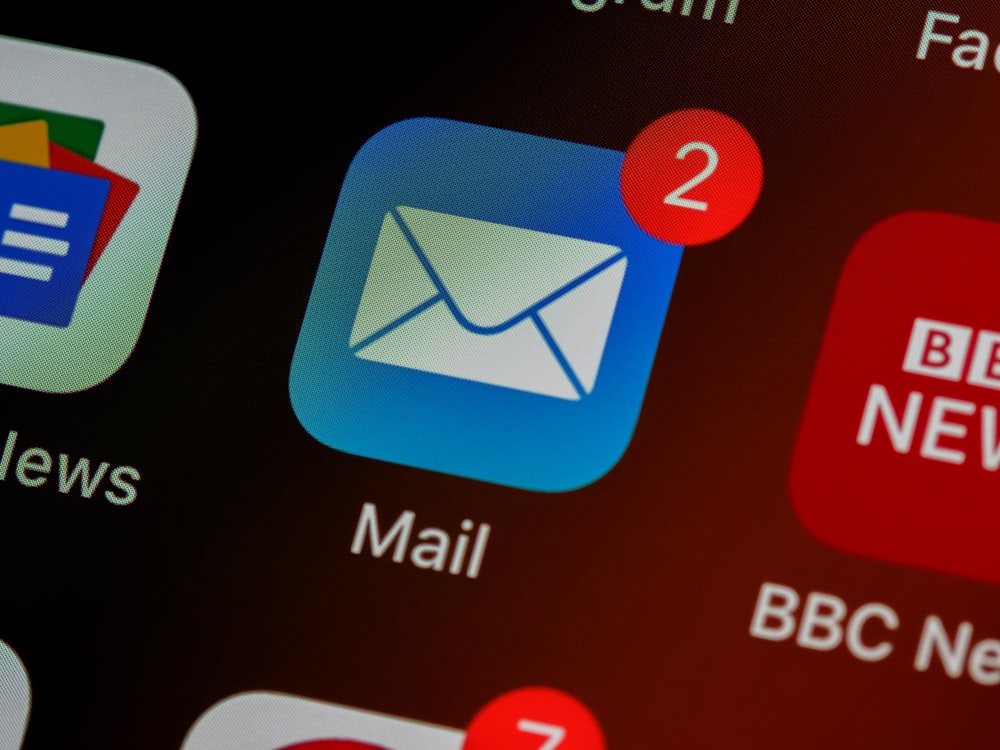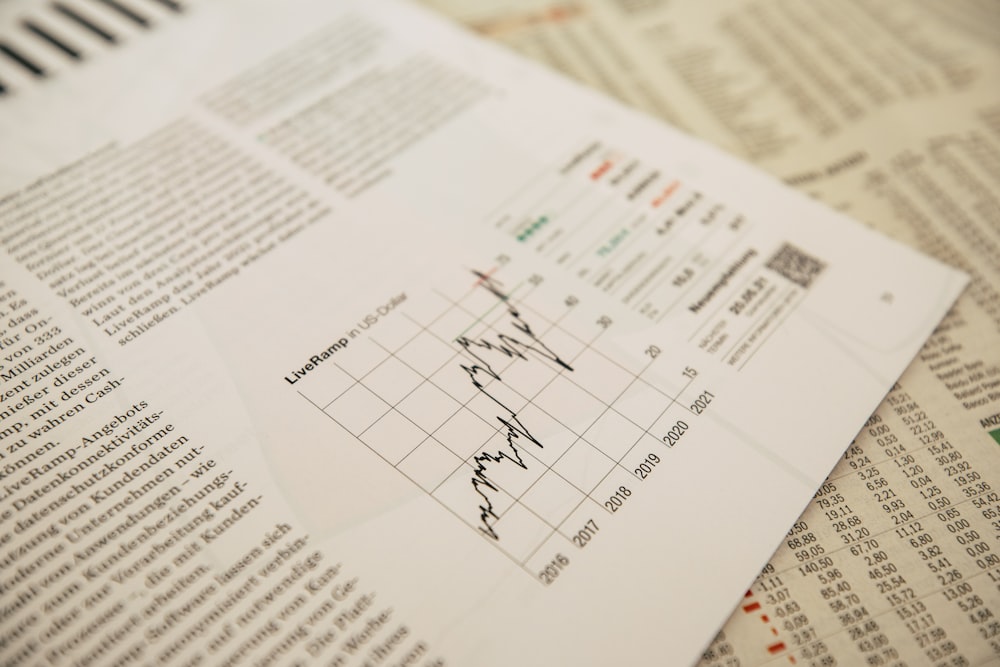CTA Design for Emails: Make the Next Step Obvious
Your call-to-action (CTA) is the bridge between attention and action. In emails, CTAs must be easy to find, clear to understand, and safe to click. Good CTA design combines copy, layout, and accessibility to guide readers to the next step without hesitation.
1) One primary action
Every email should have a single primary CTA that aligns with the message. Secondary actions can appear at the bottom or in the footer, but don’t compete with the main goal. Clarity beats choice.
2) Placement and spacing
Place the primary CTA above the fold and give it breathing room. Large, tap-friendly buttons improve mobile UX. Surround CTAs with whitespace so they stand out in scanning.
3) Copy that says what happens
CTA labels should reflect the value or the action precisely: “Get the benchmark,” “Book a 10‑minute call,” “Start free trial.” Avoid vague labels like “Learn more” unless paired with strong context.
4) Visual hierarchy
Use contrast, size, and weight to establish hierarchy. Buttons typically outperform text links for the primary action, but always provide a text-link fallback for clients that render buttons poorly.
5) Accessibility
Ensure sufficient color contrast, meaningful labels, and large tap targets (44px recommended). Avoid all-caps labels for readability. Test keyboard navigation in webmail contexts and check screen reader output for button labels.
6) Trust and friction
Explain what happens after the click: “No credit card,” “Takes 2 minutes,” or “Includes template + case study.” Reducing uncertainty boosts conversion, especially for cold audiences.
Checklist
- One primary CTA, above the fold
- Descriptive label that matches the message
- Strong contrast and ample spacing
- Accessible size and text-link fallback
- Expectation-setting microcopy
Key takeaway
CTAs should feel like the natural next step. Keep them clear, prominent, and accessible, and you’ll convert attention into action more often.
Examples
Weak: “Learn more” (about what?)
Stronger: “Get the benchmark PDF”
Weak: “Click here”
Stronger: “Book a 10‑minute demo”



